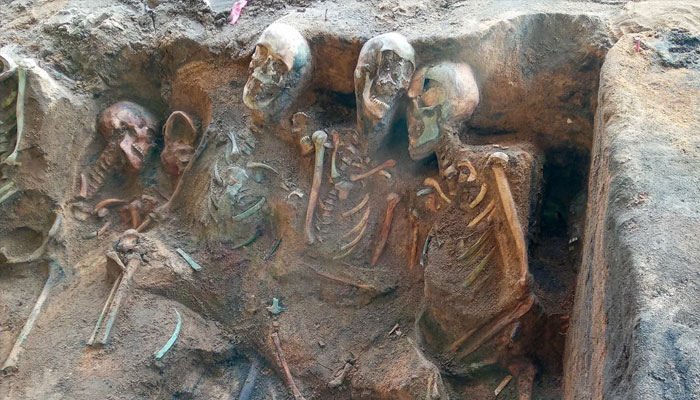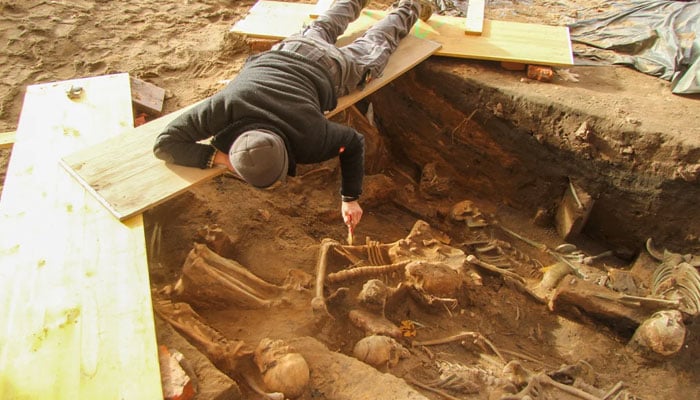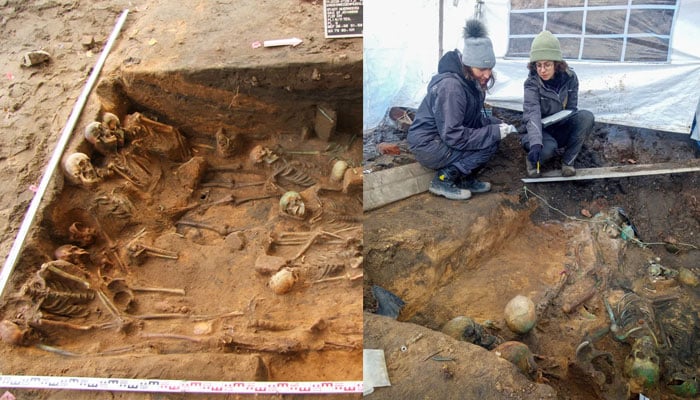Europe's largest mass grave with 1,000 bodies found in Nuremberg, Germany
Discovery revealed eight plague pits in city, possibly housing more than 1,500 bodies
March 06, 2024

In a shocking discovery, archaeologists digging in the German city of Nuremberg have found what could be Europe's largest mass grave, containing nearly 1,000 human skeletons, BBC reported.
The remains were discovered during an archaeological survey before the construction of new residential buildings in the city.
According to a press release, the discovery revealed eight plague pits in the city, possibly housing more than 1,500 bodies.
These individuals were not buried in regular cemeteries, indicating that they had to be buried early, possibly by a plague-like epidemic that struck Nuremberg, Melanie Langbein of the Nuremberg Department of Heritage Preservation explained.

Timing of the bodies has been a challenge as a plague occurred in Nuremberg in every decade since the 14th century. Radiocarbon dating has linked one of the mass graves to the 1400s and early 1600s, with artefacts and a document detailing the 1634 plague outbreak showing the ancient remains may be from the epidemic of 1632-1633.
Julian Decker, who unexpectedly discovered it while overseeing the excavations estimated that the number of bodies may exceed 2000, making it the largest tomb in Europe.

Langbein argued that the epidemic of 1632-1633 was aggravated by the effects of the Thirty Years' War and brought terrible conditions to the population.
The tomb was for a distinct segment of the population at that time, and it allowed researchers to examine demographic characteristics and health indicators.











